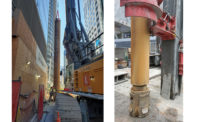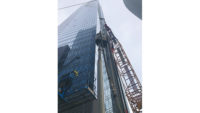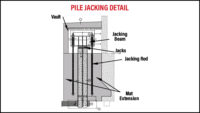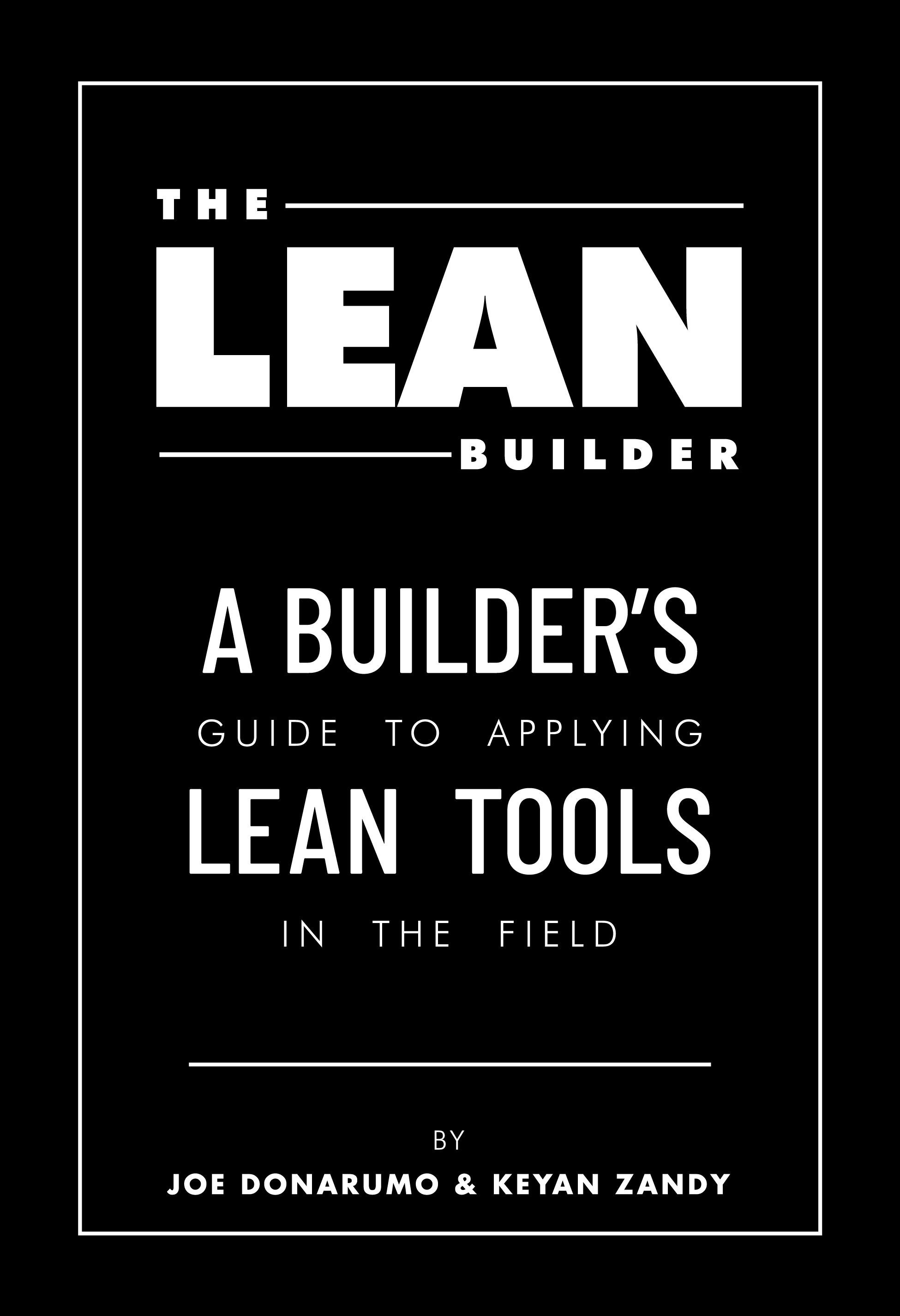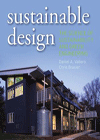One of the tallest residential building in the U.S. west of Chicago, the $350-million Millennium Tower consists of a 60-story tower, a 12-story mid-rise portion with apartments, an amenity level, retail space and a public glass atrium that links the two structures together. In total the project includes 419 condominium units, 21,500 sq ft of amenity space, 8,000 sq ft of retail space and a five-level underground parking garage for 340 cars.
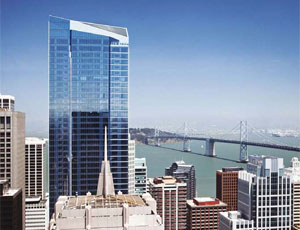
At 645 ft, the tower is the fourth-tallest structure on the San Francisco skyline. The tower’s immense height posed many challenges and required the creative use of technologies and cutting-edge innovations.
These innovations include:
• Push-Over Analysis -- High-rise buildings usually exhibit significant higher mode effects. This higher mode effect changes the load distribution applied to the building significantly. A historical inverse triangular load distribution push-over analysis is the wrong approach for high rise analysis. The project team explored other options such as multi-mode pushover analysis as described in FEMA 440 and non-linear time history analysis.
• High-Strength Reinforcement -- Grade 75 ductile reinforcement was used in order to minimize the amount of rebar needed. A robust testing procedure was implemented in order to gain confidence in the rebar and the mechanical devices used with the rebar.
• Steel Coupling Beams -- In order to meet the owner’s floor height limits, W-sec steel link beams are used as the shearwall core coupling beams. Conventional diagonally reinforced coupling beams would have required significantly more depth, Webcor says. The embedded region of the beam extends 4 ft into the wall and transfers the beam moment by bearing on the concrete above and below the embedded beam.
Construction quality was enhanced through the use of new concrete materials. The structural engineer, DeSimone, specified a self-consolidating 10 ksi concrete mix for the shear walls and columns. This marked the first use of SCC for elements of this type, as well as the first use of concrete at such a high strength in San Francisco. The resulting structure was more economical and used less cement, thereby reducing carbon consumption. Additionally, the project team used a welded wire grid reinforcing system, BauGrid, for the concrete walls, beams, and columns. This high strength material allowed the use of less material and reduced congestion led to fewer rock pockets and improved construction quality.
Project Team
Developer/Owner: Millennium Partners, San FranciscoGeneral Contractor: Webcor Builders, San Francisco
Architect: Handel Architects LLP, San Francisco
Structural Engineer: DeSimone Consulting Engineers, San Francisco
MEP Engineering: WSP Flack + Kurtz, Seattle
Civil Engineer: Telamon Engineering Consultants Inc., San Francisco
Geotech Engineer: Treadwell and Rollo, San Francisco

